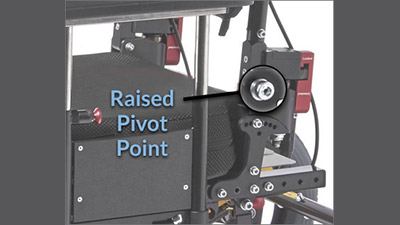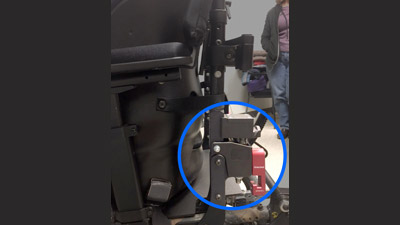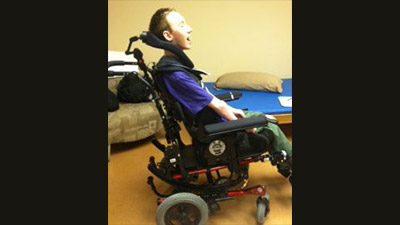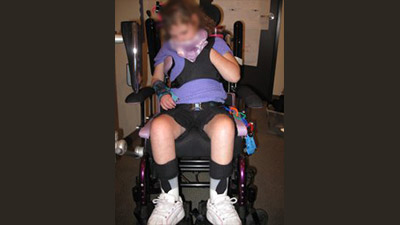Supplier Interview: Concussions don’t Just Happen in Football
Recently I had a nice conversation with a colleague about Dynamic Seating. Joe McKnight is Director of Business Development in California, Nevada, and Arizona for Numotion, and he has been in the wheelchair seating and mobility field for a long time – probably longer than he would like to admit! Having that much experience provides a unique view. Joe states that “how we practiced 30 years ago and how we practice now should be different. We need to re-evaluate how we are doing things and how we need to change.”
Read MoreDynamic Seating Provides Anterior Movement Of The Trunk – Part 2
Our last blog addressed dynamic seating used to provide posterior movement of the trunk. Anterior movement of the trunk can also be facilitated.
Read More3 Reasons to Provide Dynamic Posterior Movement of the Trunk and Pelvis
Seating Dynamics explains how a dynamic back rest provides clients with posterior trunk and pelvis movement.
Read MoreAllowing Movement Of The Pelvis Without Loss Of Position
Seating Dynamics explains how dynamic pelvic components allow clients to tilt their pelvis forward and return upright to a neutral position.
Read MoreNuFair Philadelphia: Dynamic Seating
NuFair, Philadelphia, PA, 2016 Philadelphia, PA Dynamic Seating course Michelle L. Lange, OTR/L, ABDA, ATP/SMS Description: Dynamic seating has three primary functions –…
Read MoreEuropean Seating Symposium: Dynamic Seating – Creating possibilities
European Seating Symposium, 2016 Dublin, Ireland Dynamic Seating – Creating possibilities Tomas Collin
Read MoreCanadian Seating and Mobility Conference: Dynamic Seating
Canadian Seating and Mobility Conference, 2016 Toronto, Canada Dynamic Seating Delia Freney, OTR/L, ATP and Keith Schwartz, RTS, ATP http://www.csmc.ca/docs/archives/2016_archive/ws/WS26%20-%20DYNAMIC%20SEATING.pdf
Read MoreInternational Seating Symposium, 2016
International Seating Symposium, 2016 Vancouver, Canada Designing for Dystonia: begin at the beginning with children, parents and therapists Tim D. Adlam, PhD.,…
Read MoreDynamic Seating – Integrated Vs. Modular Systems
Dynamic seating provides movement within the seating system and/or mobility base. Dynamic seating systems are either integrated or modular.
Read MoreDynamic Seating to Provide Vestibular Input, Part 2
Our last blog discussed how dynamic seating can provide vestibular input for clients. Vestibular input can, in turn, calm agitated clients and help sub-aroused clients be more alert. Movement can also increase comfort and general muscle activity.
Read More






